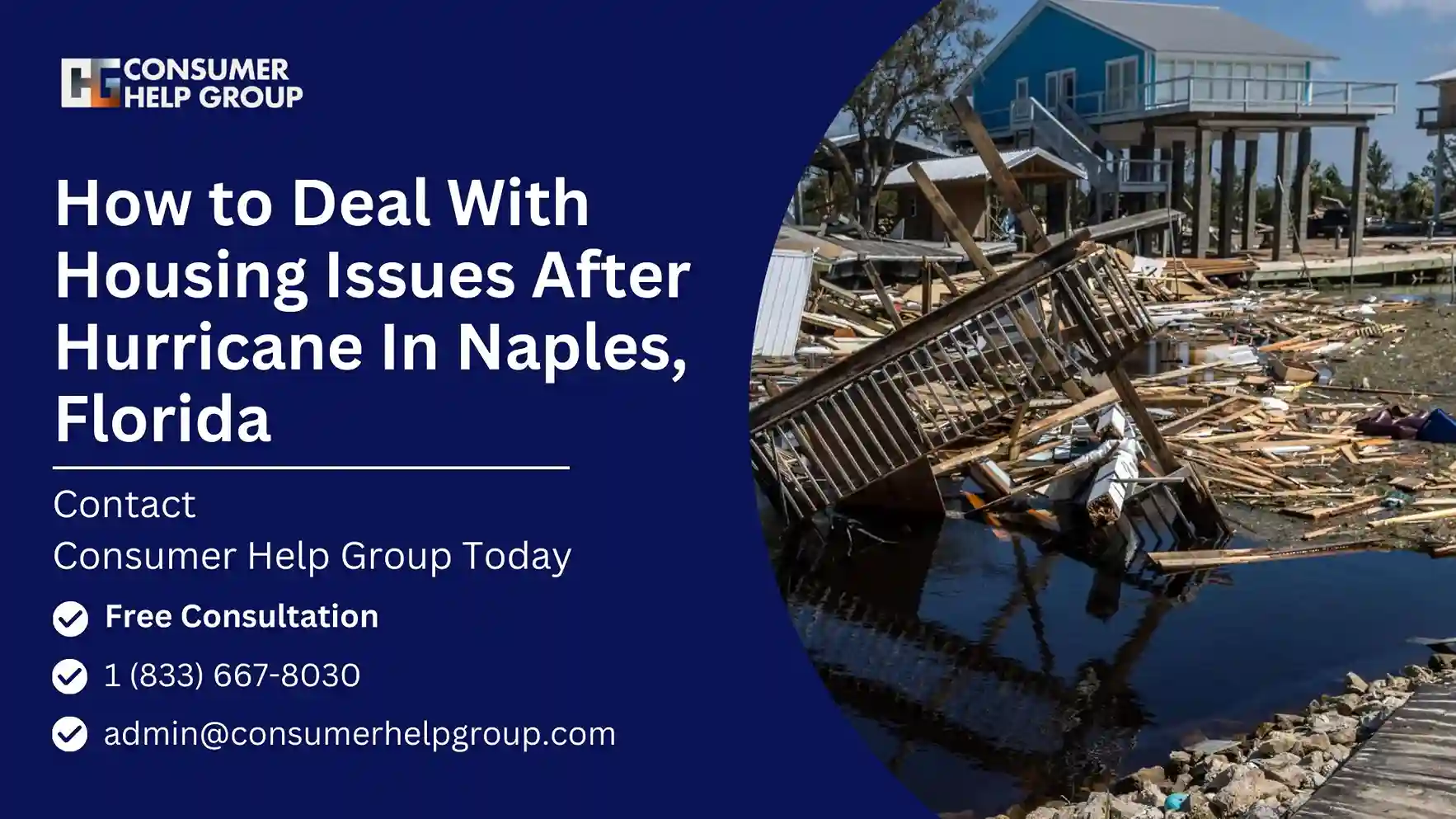Hurricanes are a way of life for people in Naples, Florida. After the hurricane has gone, the aftermath may be very overwhelming, and for homeowners, action must be taken very quickly to secure compensation in case of damage. Filing an insurance claim is a critical step toward recovery. Here’s a clear step-by-step approach on how to file a hurricane claim with your insurance company in Naples.
1. Be safe, document the damage
Do not even think about calling in an insurance claim. Safety comes first and foremost, for you and your loved ones. Wait until it is safe enough to do so; then proceed and:
- Document everything: Take clear pictures and videos of all damage inside and outside your home. Make sure you capture any structural issues, damage to personal property, and any cases of flooding or water damage.
- List: Detailing list of losses destroyed and estimated value.
2. Review Your Insurance Policy
Understand it inside out. Have a clue what’s covered under your insurance and what you may need to pay a deductible on. This sets the stage for what you can recover.
- Homeowners insurance: Typically, covers wind damage but not flood damage.
- Flood Insurance: Necessary for coverage related to storm surges or significant water damage.
If you’re unsure about what your policy includes, reach out to your insurance agent for clarification.
3. Contact Your Insurance Company Promptly
Time is of the essence when filing a claim. Contact your insurance provider as soon as possible to begin the process. Delaying could result in slower compensation and potential issues with your claim.
- Gather Necessary Information: Have your policy number, photos, videos, and inventory list ready.
- Ask About Temporary Repairs: Your insurer may authorize temporary repairs to prevent further damage. Keep receipts for any expenses incurred, as these may be reimbursable.

4. Submit Your Claim
Each insurance company has a unique claims process, but the general steps are similar:
- File Online or by Phone: Most insurance companies allow online submission of claims or a phone option. Prepare all documents in advance and be able to upload them or be on hand when making the call.
- Request a Confirmation email: When submitted, get a confirmation number or an email stating your claim was received.
Flood Claims must be filed at FloodSmart.gov.
5. Waiting for an Inspection
An adjuster will likely visit your home to assess the damage in person. Be prepared to show them the documentation you’ve compiled and discuss any repairs you’ve already made. Keep in mind:
- Be Present: If possible, be there during the inspection to answer questions and point out specific damage.
- Keep Records: Write down the adjuster’s name, contact information, and key points discussed during the visit.
6. Follow Up and Stay Informed
Processing times may vary, so staying proactive is vital.
- Routine Check-Ins: Communicate with your insurance provider to find out the latest on the status of your claim.
- Documentation: Document all communication, including emails and calls.
If your insurance claim has been denied or deemed delayed legal or consumer advocacy groups can be very helpful. The Consumer Help Group helps homeowners work through the process of insurance.
7. Apply for FEMA Help if Needed
If the insurance does not cover everything and you still need some more assistance, apply for FEMA help. You start your application at DisasterAssistance.gov or by calling 800-621-3362.
Conclusion
Organization and proactivity ease the filing process of a hurricane claim, which is indeed very stressful for victims. Recording damages, knowledge of your policy, and keeping in close communication with your insurance company will help you win the battle and get the necessary compensation to rebuild and recover.
If you need more help, please contact the Consumer Help Group, your partner in post-hurricane recovery.












